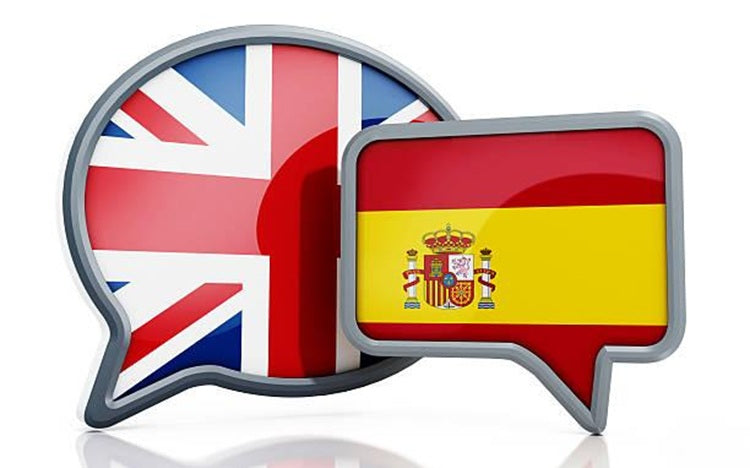
Picture yourself in Tokyo, effortlessly chatting with locals without knowing Japanese. Magic? Not quite—that’s the power of translation earbuds. But do they truly deliver on their promises? Recent studies show 76% of consumers prefer brands that speak their language, creating huge demand for real-time translation tech. These AI-powered devices claim to eliminate language barriers worldwide. Let’s dive into how they function, their reliability, and when they’re most effective!

How Translation Earbuds Function
Voice Recognition
Advanced automatic speech recognition (ASR) systems analyze audio input instantly to identify spoken words. Recent improvements have achieved near-human accuracy under optimal conditions. While background noise or unclear speech can create challenges, machine learning continuously reduces error rates.
Language Processing (NLP)
Once speech is recognized, natural language processing interprets words within context, ensuring translations capture intended meaning. Regular updates help systems better handle idioms, colloquialisms, and slang expressions.
Translation Engine
After understanding sentence meaning, earbuds convert it to the target language. Some use cloud-based engines handling massive language data, while others rely on local solutions. Advanced neural machine translation (NMT) leverages deep learning for high-quality results.
Voice Output (TTS)
Finally, text-to-speech systems vocalize translations in your preferred language. Modern voices sound natural, not robotic, and can mimic various accents for realistic communication.
Translation Accuracy: What to Expect
Translation earbuds have improved significantly, but how reliable are they for real conversations? Several factors affect performance:
Language Combinations
Popular pairs like English-Spanish or English-French achieve 90-95% accuracy thanks to extensive training data and similar grammar structures. Less common combinations like English-Thai may reach only 80% accuracy.
Accents and Dialects
Regional variations pose challenges. Spanish differs greatly between Spain, Mexico, and Argentina. Translation earbuds may struggle with heavy accents or local slang, though accent-specific training is improving results.
Translation Quality
Different apps use varying AI models. Premium services like jinruitai typically provide superior accuracy compared to basic alternatives. Better AI technology equals more precise translations.
Environmental Factors
Street noise, cafés, or crowded spaces affect speech recognition. Clear speaking at moderate pace offers best results. Some earbuds include noise-cancellation to filter ambient sounds.
Internet Connection
Many earbuds require stable internet for cloud-based translation engines. Poor connectivity causes delays or reduced accuracy. Offline modes exist but offer limited vocabulary and slower processing.
Current accuracy ranges from 70-90% depending on conditions. While not perfect, users typically understand conversation meaning, especially in common languages.
Advantages and Disadvantages
Benefits:
- Instant Communication: Real-time conversations without translation delays
- Compact Design: Lightweight, portable, pocket-friendly
- Hands-Free: Natural speaking without screens or buttons
- Multi-Language: Support for dozens of languages globally
Drawbacks:
- Battery Drain: Constant Bluetooth use requires frequent charging
- Context Issues: Struggles with nuanced expressions and cultural references
- Connectivity Dependence: Requires stable internet for optimal performance
Best Use Cases
Translation earbuds excel in casual, everyday situations like travel, social events, or basic conversations. They reduce language anxiety and enable quick communication.
However, avoid them for:
- Medical, legal, or technical discussions requiring precise terminology
- Multi-person conversations in different languages
- Critical business negotiations where accuracy is paramount
Common Questions
Can earbuds actually translate languages? Yes, using speech recognition and machine translation to provide real-time audio translations, though accuracy varies by language and conditions.
Do they need subscriptions? Some do, some don’t. Basic features are often free, while advanced capabilities may require paid plans.
Which models work without subscriptions? Jinruitai earbuds offer free translation across 100+ languages through their app, providing excellent value without ongoing costs.
How well do they perform? They work effectively for basic conversations using AI and machine learning, with accuracy depending on language complexity and speaking conditions.
Final Thoughts
Translation earbuds work well for everyday cross-language interactions and travel scenarios. While technology isn’t flawless, continuous improvements make them increasingly valuable for breaking language barriers. For convenient, quick communication across languages, they’re definitely worth considering!



Leave a reply